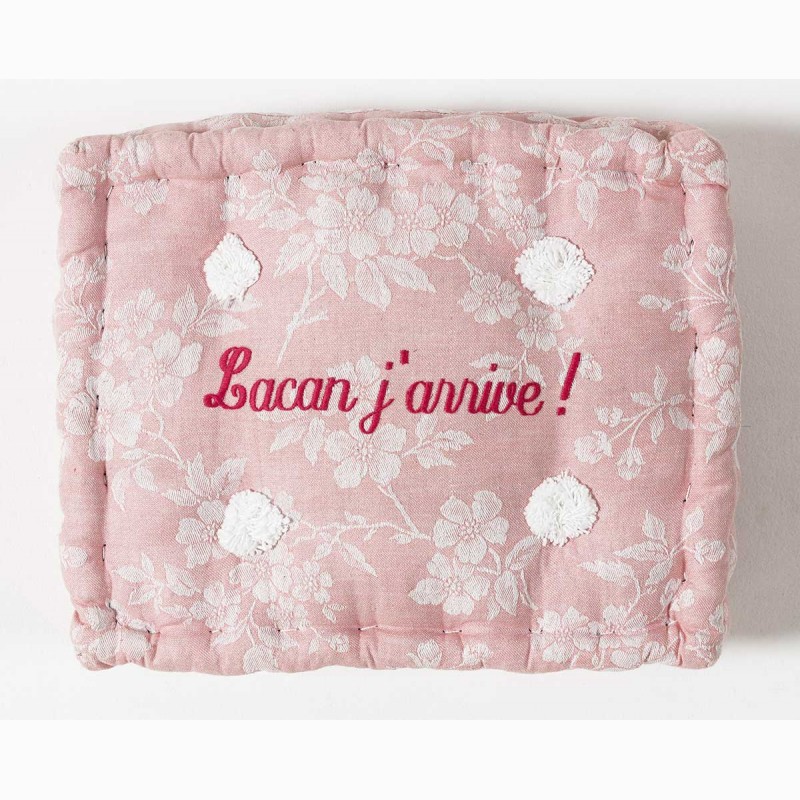Charles Dreyfus

Né en 1947 à Suresnes, France.
Vit et travaille à Paris.
Après une licence en histoire de l’art, il commence ses recherches sur le mouvement Fluxus en 1973. L’année suivante, il rencontre Georges Maciunas à New York, ce qui marque le début d’une série de concerts Fluxus qu’il va organiser à New York et en Europe, notamment en décembre 1974 avec Catherine Thieck au Musée d’Art Moderne de la ville de Paris. Il produit dans le même temps des performances et de la poésie-action avec des artistes comme Jean Dupuy, Julien Blaine avec la revue Doc(k)s, Acindino Quesada pour D.A.N.A.E. ou encore avec Jean-Jacques Lebel à l’occasion du festival Polyphonix.
Il est considéré comme théoricien du mouvement Fluxus, qu’il a analysé dans plusieurs revus spécialisés, en 1971 dans Opus International puis dans Kanal Magazine dont il sera le rédacteur en chef avec Michel Giroud durant sept ans. En 2009, il devient docteur en philosophie avec sa thèse « Fluxus, théories et praxis », une recherche sous la direction de Louis Ucciani. Il est également D.E.A d'Histoire de l'Art à l'Université de Paris I sur le mouvement Fluxus ainsi que titulaire d’une maîtrise sur la participation Arts/Publics à l'Université de Paris X.
Le travail de Charles Dreyfus à la fois poétique et plastique cherche un équilibre.
Il introduit la "figure" dans le discours poétique ; plasticien, il sait que la nature spécifique du visuel empêche qu'on puisse délibérément greffer de nouvelles unités de base sans altérer profondément la nature de l’ensemble.
En plaçant des mots sur des objets, il brouille doublement la transparence du signe, la propriété de son arbitraire. Il court, avec ses miroirs sablés, l'aventure d'un discours opaque. Les combinaisons son/sens/graphie se conjuguent pour un modèle du langage tout court, qui soit sans fin en soi. Le langage n'est plus un instrument qui sert à communiquer. Il s'agit de résorber la linguistique dans l’esthétique : "Il nait spontanément avec la représentation qu'il exprime".
"Au début des années 70, j'ai choisi de me consacrer à l'étude de Fluxus - mouvement "nourri" des avant-gardes des années 10-20 et d'en devenir l'historien et l'acteur. A New-York, j'ai rencontré l'instigateur de Fluxus, George Maciunas.. et ceux des artistes fluxus que je n'avais pas pu rencontrer en Europe. J'ai également eu la chance par ma compagne Barbro Ostlihn (peintre suédoise arrivée à New York en 1961) d'entretenir des relations amicales avec les grandes figures de l'art contemporain (Robert Rauschenberg, Jasper Johns, John Cage, Christo, Claes Oldenburg...) et par mon ami Jean Dupuy, de partager les intérêts de l'avant-garde des années 70 (l'art video, l'art et la technologie, les performances et la nouvelle musique...). Dans les années 80, responsable de la rédaction et de la coordination de Kanal Magazine (1985-91), j'ai préparé une cinquantaine de dossiers et écrit un grand nombre d'articles sur l'art d'aujourd'hui. Je suis correspondant pour l'Europe de la revue d'art contemporain québécoise Inter Art Actuel et président de l'association éditrice d'Omnibus, revue d'art contemporain dans laquelle je publie également."
" (...) Charles Dreyfus, un inclassable ouvreur de boîtes et de pistes... Une philosophie nourrie au lait de Buster Keaton, par des gags audio-verbaux-visuels.. relais relié d'une longue tradition singulière qui remonte aux sophistes et au Tao. (...) " Extrait d'un texte de Michel Giroud sur Charles Dreyfus
Cinq expositions personnelles de Charles Dreyfus ont eu lieu à la galerie Lara Vincy : Tout le monde descend en 1992, Emprise directe en 1997, Le jour où la nuit vit le jour en 2000, Du présent à l’immédiateté en 2007 et Tyché entichée en 2018.





